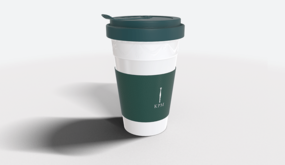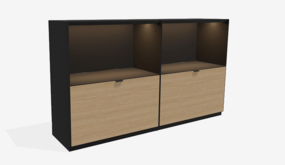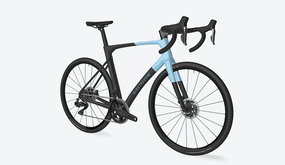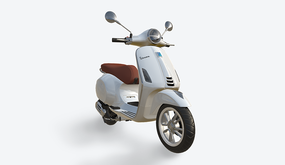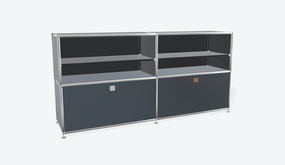What is a Product Configurator?
What is a product configurator and when is it used?
Today's customers are looking specifically for products that can be adapted to their needs. In the past, this was always a matter of course at the tailor or carpenter around the corner. But today on the Internet? ... and worldwide? ... and around the clock? This is where the product configurator enters the picture. It enables exactly these customized products to be put together on the Internet. Customers can create their desired product without special knowledge and change color, material, shape, characteristics and func-tions, while they can view the product from all sides and beautifully set it in scene. They experience the product before it actually exists. The shopping experience happens at home in front of the screen.
In other words, a product configurator is a tool that allows users to customize the components and features of a product so that the final configured product meets their expectations as much as possible.
Your configurator expert
Use our product configurator to give your customers the opportunity to design their unique product entirely according to their ideas and make it something special.
Are there other names for a product configurator?
Depending on the area of application, different terms have become established, such as variation configurator, offer configurator, online store configurator, CPQ software, configurator software or ERP configurator. The term "product configurator" is currently not yet familiar to everyone, but is gradually coming into use. It often becomes understandable if one mentions the example of the numerous car confi-gurators. In this industry, it has long been known to configure one's own individual car, i.e. to design it ac-cording to one's own wishes.
What must a product configurator be able to do?
There are countless companies that offer standard off-the-shelf configurators. However, the decisive factor is whether the configurator can meet your individual requirements - no matter how complex or varied they may be. Outstanding visualization, performance and user-friendliness are just as crucial to the success of the configurator.
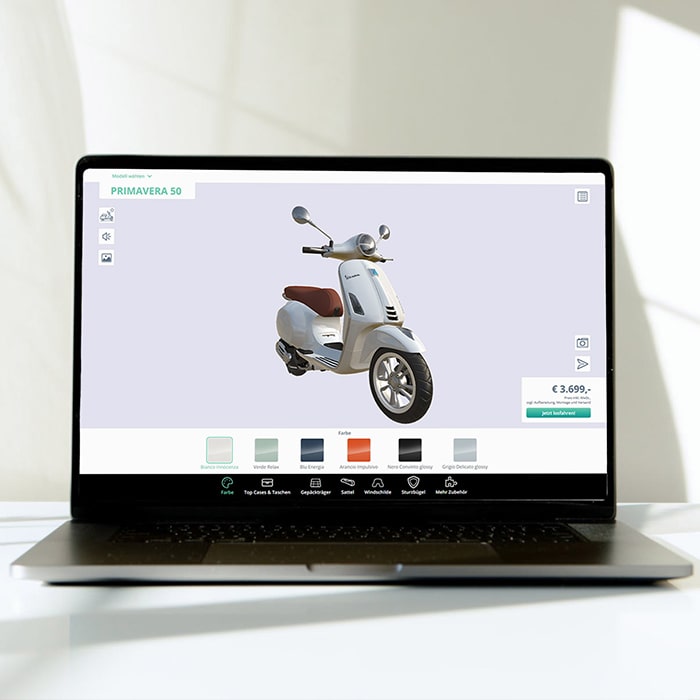
What are the advantages of a configurator?
This question would fill a separate scientific paper. In simplified terms, the benefits can be divided into the following topics.
- Performance enhancement: the use of product configurators has been proven to increase sales and the conversion rate. Studies show that customization can increase sales by up to 20%. The re-turn rate can also be drastically reduced. Are these not already sufficient arguments and advan-tages for the sales department?
- Simplification: products with countless product variations can be easily displayed and the work-flow is significantly simplified by seamless integration into your ERP and CMS system. The count-less catalogs and brochures can also be reduced in terms of sustainability.
- Efficiency: through product configuration, individual orders can be created easily at the push of a button. Time in the sales process is optimized, as the customer deals with the product in advance. And standard customer inquiries are also minimized. Questions such as "What fits together?", "Which elements are compatible?" will be answered directly by the product configurator in the future.
- Customer satisfaction: customized solutions create a shopping experience and a strong emotional bond with the product. With configurator software, your products can be presented in a unique way.
Learn more about the benefits of using a 3D configurator in an extended blog article.
What are the possible applications?
A product configurator is interesting for all companies that want to sell variation-rich products. Essentially, it can be divided into two areas:
- consumer goods: from motorcycles to lamps to beds, there are (almost) no limits to the use of product configurators. Walk through your living area and take a closer look at the items. You will quickly notice that practically all products can be customized. Be it shelves, kitchen appliances, doors, windows, garden sheds, garments....and so much more!
- capital goods: Here, too, there are numerous possible applications for many companies. Customizable machines, modular control cabinets or transport systems are just a few examples that benefit from the use of a product configurator.
In the blog article "checklist configurators" you can find out whether your prod-ucts are also suitable for a product configurator.
Product configurator for your products?
Do you have a wide range of products? Have you ever thought about a 3D configurator or an augmented reality solution?
How is a product configurator created?
In simple terms, a product configurator is a software solution. The complexity of the application deter-mines the complexity of the configurator. What looks more or less simple at first glance is anything but easy in its creation. The product configurator must replace the entire knowledge of the sales staff. It has to know whether individual components can be used together or whether model A is available in white,... etc. The different solution space for each product configuration, i.e. the logical set of rules for the respective product, must also be able to be digitally illustrated in the product configurator. This is because the func-tionality of the product must be guaranteed for each configuration. Configurators can be embedded in a website, an app or in the web store. Depending on the application, an interface to a CMS system (Shopware, Magento, Woocommerce,...) or an ERP system is required for perfect integration.
Product configurator types
How do product configurators differ from each other?
Depending on the nature of the product, a distinction can be made between three main types: cosmetic, functional and parametric product configuration. It is a fundamental difference whether the product consists of static components that are individually arranged by the customer or whether the product itself can be parameterized and the dimensions of the product can be freely selected.
Cosmetic configuration
The finished product already exists and is customized, for example, with an imprint or embroidery.
Functional configuration
The product consists of static components that can be arranged individually by customers. A typical application would be the product configuration of a bicycle. The customer can choose wheels, sa-ddle, gears, ... himself.
Parametric configuration
This is the case of customized products where the dimensions are completely free to choose, such as the walls of a wooden house. Learn more about "types of product configurator" in a more extended blog article.
Configurator examples
Have you already taken a look at the impressive examples from B2B and B2C? Get an overview of selected configurators in our video.
Mehr erfahrenHow complex are the different species?
Looking at the individual configuration types based on their complexity, the following subdivision can be derived:
Low complexity:
- STO configurator (Select-to-order)
- PTO configurator (Pick-to-order)
- CTO configurator (Configure-to-order)
Medium complexity:
- ATO configurator (Assemble-to-order)
High complexity:
- MTO configurator (Make-to-order)
- ETO configurator (engineer-to-order)
Product configurator examples:
What does a product configurator cost?
The price of a product configurator depends largely on the functions and the complexity of the project.
It would be unreliable to name a flat price here. We like to compare pricing with the purchase of a car. Every car drives from A to B. As with the product configurator, when buying a car I can choose between a small car or a luxury limousine. The type determines the price in further consequence.
What challenges can arise when implementing a product configurator?
The most frequently cited reasons for the failure of projects in the area of configurators can be identified on the basis of the following points:
- Unclear requirements
- It was not defined for whom the configurator was intended Poor definition of the product scope
- Not all stakeholders were involved
- Problematic connections to third-party systems
- Poor browser support
- Lack of UI/UX know-how
- Floating scope
- Selection of the wrong platform
You can find more detailed information in our blog article: Failure of configurator projects: 9 crucial mistakes
For whom is the product configurator particularly interesting?
The answer is very clear: whether B2B or B2C - companies that produce and trade in both consumer goods and capital goods have been using a product configurator for some time. A product configurator is particularly interesting for companies that offer a wide range of variants or customized products.
In general, it can be said that there is no one industry for which configurators are particularly interesting. Configurators are used in a wide variety of industries and sectors: furniture industry, clothing industry, automotive industry, electronics, construction industry, mechanical engineering.
Examples B2C:
B2B examples:
When are product configurators needed?
Product configurators are essential when the number of possible - and necessary - product variants is too high due to the variety of possible combinations. You think this doesn't apply to you? Actually, this applies to any product that is available in different variants. Suppose a product is made up of several components that can be combined with each other, each of which can have its own color, shape or design. This quickly leads to a confusing multitude of orderable options. And how can this be easily displayed? Exactly, with a configurator.
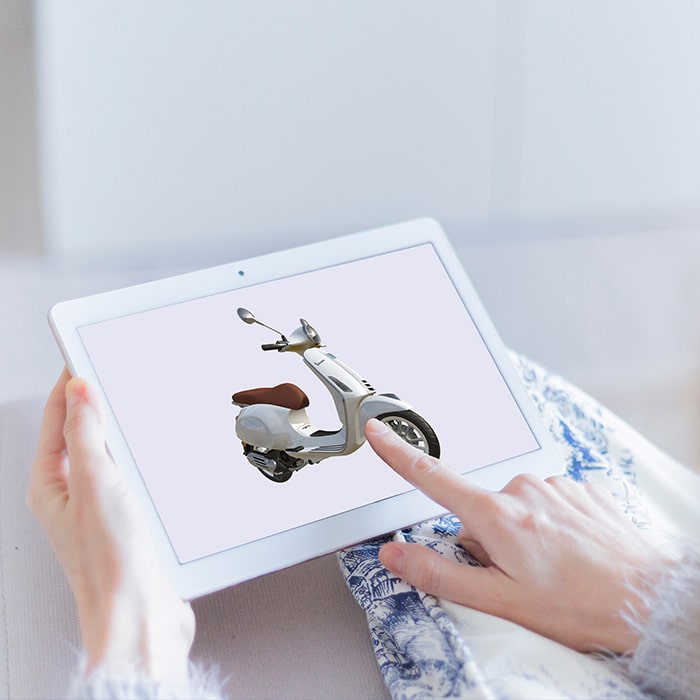
Mass Customization is here to stay
The advancing digitalization and automation of manufacturing processes, new technologies and the trend away from cheap mass products towards customized products support the spread of mass customization. A term that is on everyone's lips in connection with configurators and is gaining more and more importance.
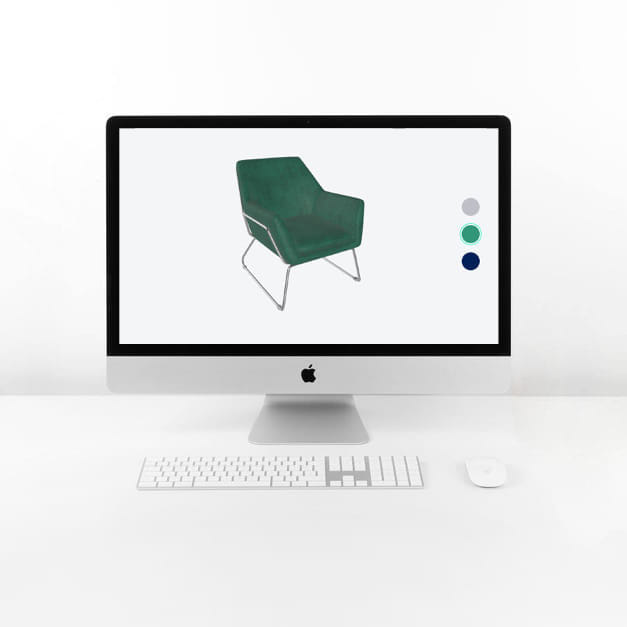
Countless configurator projects
Are you already familiar with Combeenation's references & case studies? Here you will find inspiring examples and success stories from companies that are already successfully using Combeenation's innovative product configurators.
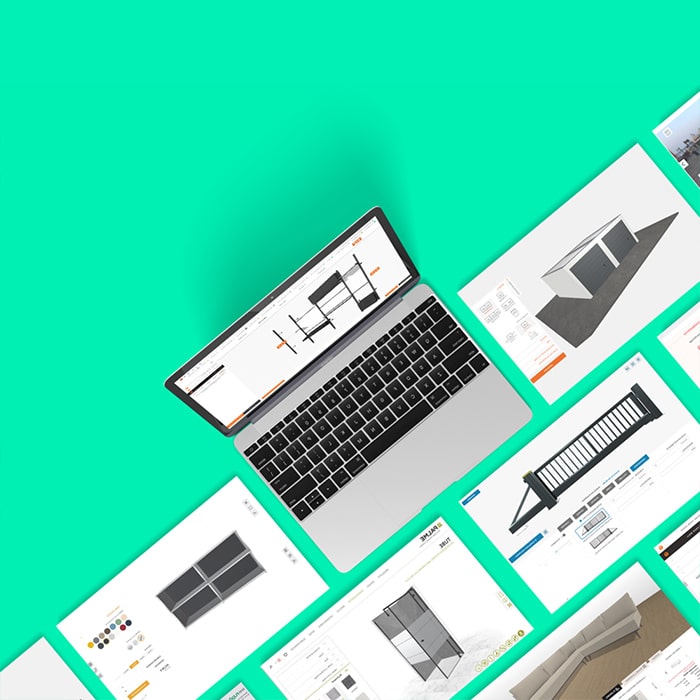
FAQ
What is a product configurator?
A product configurator is a software that allows companies to customize and configure their products. By using this solution, customers can select a variety of options and functions to create customized products according to their specific requirements.
What does a product configurator cost?
The cost of a product configurator varies depending on the requirements, complexity and range of functions. As a rule, providers offer different price models depending on the functionalities and integration into existing systems. For an exact cost estimate, it is advisable to contact our sales department directly.
How is a product configurator created?
The creation of a configurator depends heavily on the type of configurator and the platform on which it is to be used. In general, however, the following steps can serve as a guide:
- Define the purpose and requirements: Clearly define what purpose the configurator should fulfill and identify the requirements and features the configurator must provide.
- Select the platform and technologies: Decide which provider and consequently which technology or platform you want to work with, whether the configurator should be web-based, mobile or for another platform.
- Data collection: Collect all relevant data required for the configuration, including product data, prices, 3D models,...
- Design user interface (UI): The next step is to design a user-friendly interface that makes configuration intuitive. Elements such as sliders, dropdowns and other interaction elements are taken into account.
- Backend development: The logic for the configurator is then implemented. To put it simply: so that only products that can be ordered can be ordered.
- Testing for smooth functionality.
- Implementation: Integration into the desired platform (website, webshop, etc.).
The specific steps may vary depending on the requirements and the platform on which the configurator is used. It is also important
What must a product configurator be able to do?
We always emphasize that a configurator should not only be aesthetically pleasing, but must also meet all technical requirements. Beautifully designed configurators alone are useless if the underlying set of rules is inadequate. It is crucial that high-quality configurators are capable of effortlessly mapping complex product variants.
For this reason, we at Combeenation value both: appealing configurators that can also demonstrate complexity. With us, an unlimited number of options and variants are possible.
How does a configurator work?
A configurator is a tool that supports users in assembling products from individual components and properties according to predefined rules.
The resulting product is assembled step-by-step and knowledge-based according to stored rules and relationships. This complex set of rules in the background is important because only products that can be ordered may be configured. The configuration process follows a logical structure that ensures that the products created meet the defined standards. This not only provides an efficient way of selecting products, but also minimizes errors and increases customer satisfaction through customized solutions.
Which companies use product configurators?
Many well-known companies use configurators to give their customers the opportunity to customize products according to their individual wishes. Here are some examples from different industries:
- Automotive: BMW or Tesla offer online configurators that allow customers to customize the equipment of their car.
- Computers and electronics: Apple allows customers to customize their Mac computers and MacBook models.
- Furniture industry: IKEA offers online furniture configurators that allow customers to customize the colors, sizes and configurations of their furniture.
This list is not exhaustive, and many other companies use configurators in various industries to promote the individualization and personalization of their products.
Try this now
Try it out now and get started with your individual and customized configuration!
